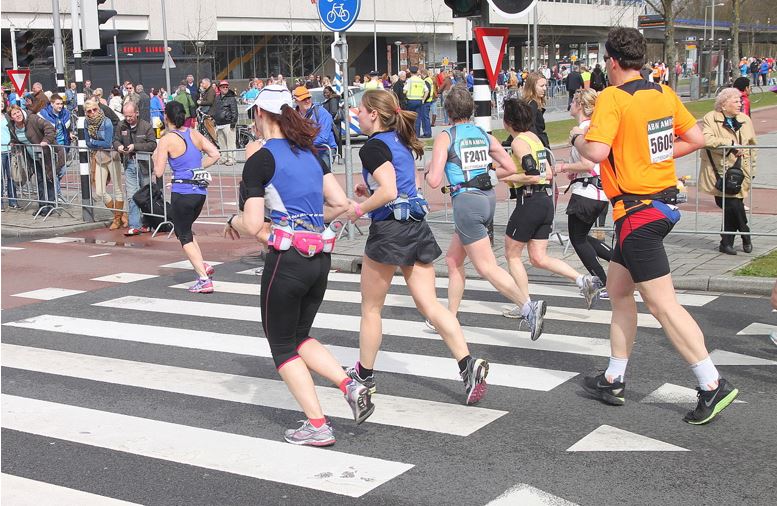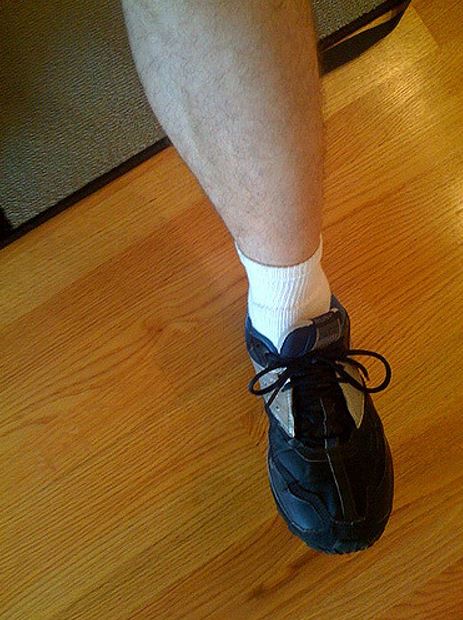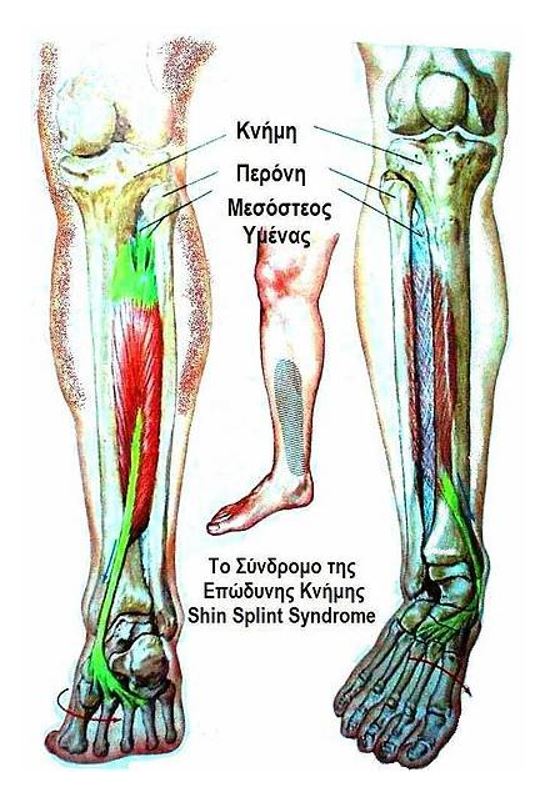
If you’ve never experienced the pain of shin splits, count yourself lucky. The pain that comes with shin splints results from too much force being placed on the shin bone and the surrounding tissues and muscles. The body isn’t equipped to handle that extra force, and the result is swelling, increased pressure on the bone, pain, and inflammation. With repeated trauma a shin splint can result in a true fracture. Because of that, it’s important to recognize the symptoms of shin splints so that you can take the necessary steps to avoid further damage. What follows are several things you can do to help relieve the pain of shin splints and prevent further damage.

- Rest, rest, rest!
Your mother was right: One of the best things you can do to heal your body is to rest. Your body has the amazing ability to heal itself in many ways, and shin splints are no exception. When you start to feel that dull, aching pain in the front of your lower legs, take that as a signal from your body to rest. Shin splints are micro fractures in the bone, and if you allow yourself the time you need to rest, the problem should resolve itself. If you don’t, however, and you decide to push yourself further and to “push through” the pain, you will almost certainly be doing yourself more harm than good. Pain is your body’s signal to stop what you are doing, and it’s always best to listen to your body’s signals.

- Apply some ice
Ice is one of the best things you can do for pain in any area of your body. It’s non-medicinal, safe, free, easy to do and, best of all, it’s effective. One of the reasons that shin splints hurt is that they are a result of inflammation and pressure. The application of ice can bring down the pain and inflammation which, in turn, will alleviate the pain. You don’t need a fancy ice pack for this. All you need to do is fill a plastic food-storage bag with ice, seal it tightly, and wrap it in a thin towel (a tea towel works well for this). Apply ice for 20-minute intervals (20 minutes on, 20 minutes off, 20 minutes on, etc.) and you should start to feel relief soon.

Never apply ice directly to your bare skin, as it can cause damage to your skin.
- Take something for the pain
If the ice doesn’t alleviate the pain to a tolerable level, you may need to take some pain medication for it. If your doctor hasn’t told you otherwise, an anti-inflammation drug (NSAID) is probably the best choice in this situation because it will work in two ways. NSAIDs not only manage the pain, but they will also reduce the inflammation. Over-the-counter options include ibuprofen, aspirin, and naproxen. Note that there are some people who should not take NSAIDs, such as those with reduced kidney function, so always check with your doctor or pharmacist before taking anything for your pain.
- Wear the right gear
If you run, walk long distances, or workout regularly, you may need to add some items to your workout gear. Shoe inserts can help you to avoid crossfitshin splints altogether. Whenever possible, it’s always better to avoid an injury rather than trying to deal with the symptoms afterwards, and the right orthotic devices can help. Whether you boy these off the shelf or have them custom made, shoe inserts can help to support flattening or collapsing of your arches, which can lead to the development of shin splints. The important thing is to ensure that the orthotics properly fit your feet, otherwise they will not only not do the job for which they are meant to do, they could potentially actually hurt you. You definitely don’t want that!
- Exercise
The proper types of exercise can help you exercise your leg and foot muscles to alleviate shin splints. One such exercise is a standing calf stretch. Stand facing a wall. With your hands on the wall at about eye level and your injured leg stretched back with your heel on the floor. Keeping the other leg forward and knee bent, turn your back foot inward slightly and lean into the wall until you feel a stretch in you calf. Hold for 30 seconds and return to the starting position. Repeat three times. As always, check with your doctor before doing any exercises to ensure they are safe for your situation.

If none of these strategies help, you may need physical therapy. Physical therapy sessions can help to alleviate the symptoms of shin splints, reduce the pain, and prevent further injury.
